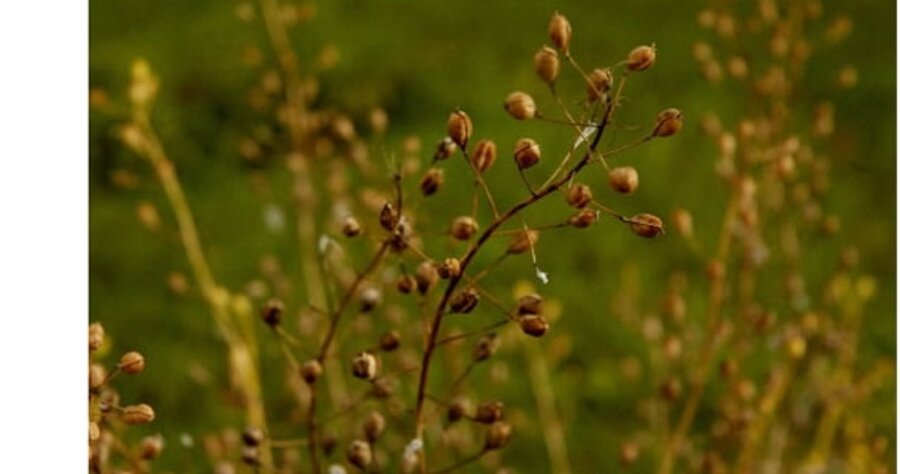Stinkweed now a valuable plant?
Loading...
| ALBANY, N.Y.
The request caught dairy farmer Brian Ziehm off guard: Would he devote an acre of his fields near the Vermont line this fall to grow stinkweed?
“It was like, 'What the heck? I’ve been trying to get rid of these things for 30 years. Now you want me to plant them?” ’
But Mr. Ziehm happily agreed to grow the hardy weed called field pennycress — a.k.a. stinkweed — to help test a potential new source of fuel for the booming biodiesel market. A handful of fields around upstate New York will be planted with pennycress later this month under the pilot program launched by an Albany-based biodiesel company, Innovation Fuels Inc.
Past promises of cheap fuel grown on American soil have sometimes become, umm, stuck in the weeds as prices for commodities like corn and soybean oil rose. But a number of researchers now believe that this winter weed with oily little seeds has an advantage in that it is not a food crop.
“Our intention is to create a crop that has a niche and does not displace anything else that is already growing,” said Steve Vaughn, a plant physiologist with the National Center for Agricultural Utilization Research in Peoria, Ill.
Biodiesel, as the name implies, is a fuel derived from vegetable oils or animal fats that can power diesel engines and be used for heating. It also can be blended with petroleum diesel. Biodiesel production has skyrocketed with the spike in fossil fuel prices, from 25 million gallons in 2004 to 500 million gallons last year, according to the National Biodiesel Board.
Biodiesel can be produced from animal fat, used cooking oil and a host of plants, though most biodiesel in the United States comes from soybean oil. Soybeans, like corn, are a commodity in demand for both food and fuel. Prices for soybean oil have more than doubled since 2005, giving the industry added incentive to experiment with other potential sources of fuel.
“The rise in commodity prices has really driven us to focus on other alternatives,” said John Fox, Innovation’s chief executive officer.
As biodiesel researchers look for ways to increase soybean yields, they also are looking at alternative fuel sources ranging from winter canola to algae. A few promising candidates are weeds, which are attractive to growers for the same reasons they exasperate suburban home owners: they sprout fast and they are aggressive.
Farmers in warmer climates around the world are looking at a plant called jatropha, and in Oregon this summer, they are planting camelina sativa, sometimes called false flax.
Researchers at the Center for Agricultural Utilization Research stumbled on pennycress a few years ago after noticing it growing wild. They soon found it had potential biodiesel benefits: the little seeds are 36 percent oil, it’s easy to harvest and has potential for a high yield per acre.
Vaughn said what really separates pennycress from some other plants is that it’s a “winter annual.” Farmers plant in the fall and harvest in May or June. That could allow them to “double crop”— pennycress in the winter complementing a summer crop.
Mr. Fox added that paying farmers for growing pennycress could insulate them from commodity price swings. Innovation is doing test plantings on Ziehm’s Tiashoke Farm in Easton, N.Y., another in Washington County, and two more in central New York. Morrisville State College is growing another plot.
If things go well this winter, Innovation may approach more farmers next winter.
Don’t plan on powering your diesel car with weed power just yet, though. Alan Weber, a senior adviser for the National Biodiesel Board, said that even if pennycress distinguishes itself, it could take years for it to become widespread on farms. He notes that farmers would need to be convinced it’s a better bet than winter wheat.
Fox said while there’s a lot of literature about how to eradicate these weeds, there’s very little on how to cultivate pennycress. Innovation’s Joe Dickson, who grows pennycress in his upstate New York garden, cautions that the crop work is still in its infancy.
“We are domesticating it as we speak,” Mr. Dickson said.


